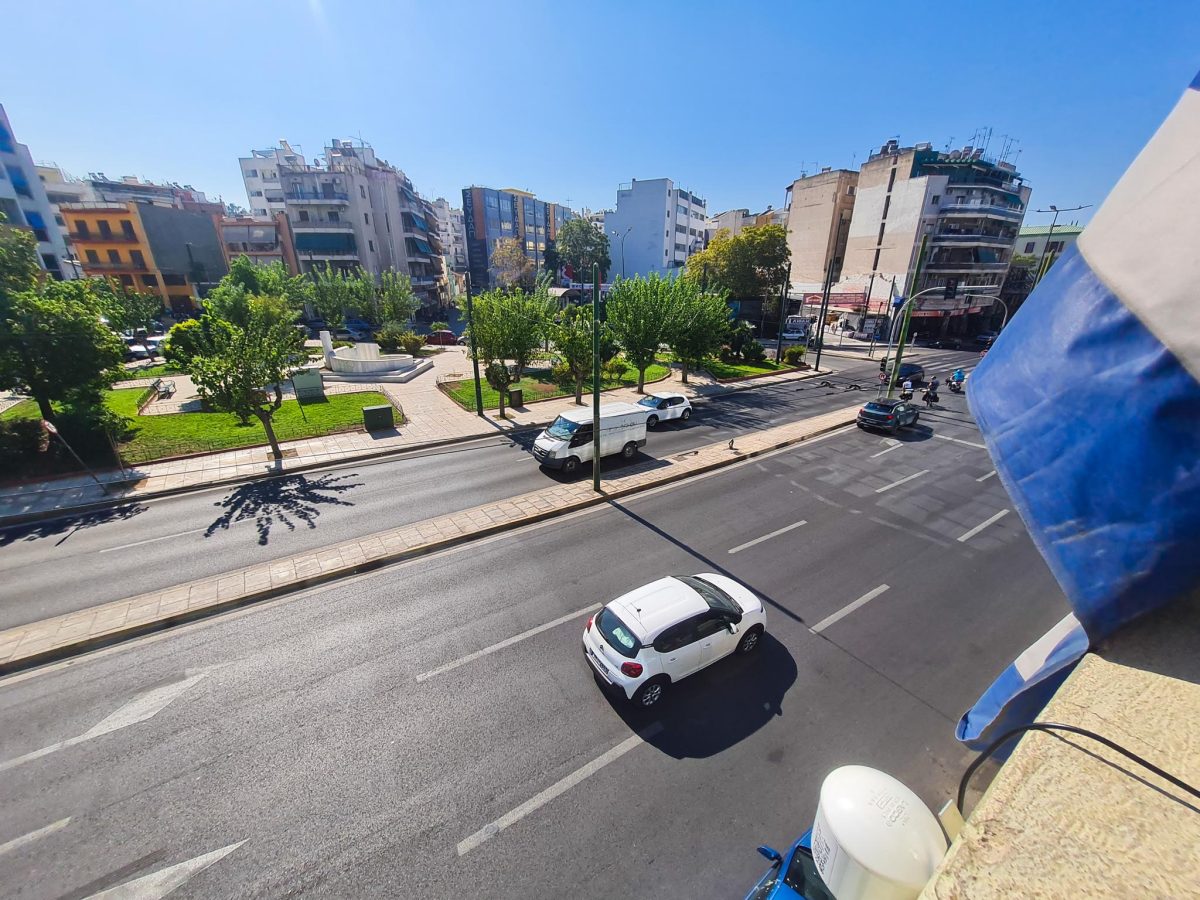The City of Athens, as Greece’s largest municipality, faces a range of environmental challenges including heatwaves, flash floods and poor air quality. These concerns are highlighted in the city’s urban development strategy. They are detailed in key documents such as the Athens Resilience Strategy and the Adaptation and Mitigation Plan, first released in 2017 and updated in 2022.
A cultural shift is essential to foster understanding, support, and promotion of the city’s green infrastructure. These strategies outline specific actions to enhance Athens’ resilience against climate change, including improvements to the city’s dense urban fabric, better planning, and an expansion of green open spaces. Mitigation efforts encompass urban planning reforms, infrastructure upgrades, and the introduction of environmentally sustainable construction.

In the area of air quality, one of the city’s latest initiatives comes from DAEM, Athens’ IT company, through its involvement in Urban ReLeaf. A key objective of this project is to embrace citizen science, encouraging residents to actively participate in collecting critical data that can inform the city’s environmental policies and climate mitigation strategies.
DAEM, in collaboration with the National Observatory of Athens (NOA), has launched an air quality monitoring campaign by installing static sensors in 28 municipal locations throughout the city. This initiative builds on DAEM’s experience in previous European projects, such as COMPAIR, where air quality sensors were distributed to volunteer citizens. Although this previous approach generated significant community interest and engagement, it posed challenges in ensuring consistent data collection. Sensors installed in private homes could be difficult to access for maintenance tasks such as power resets, battery replacements, and repairs.

For Urban ReLeaf DAEM has shifted focus to installing sensors in locations frequently accessed by citizens and municipal employees, including medical centers, schools, and other public buildings under municipal control. The goal is to achieve continuous, high-quality data collection that will strengthen NOA’s PANACEA network and increase public involvement in air quality monitoring.
DAEM and NOA identified suitable municipal locations across seven districts of Athens, dividing them into four categories:
- G (Green): Located in green spaces, such as parks
- NG (Near Green): Buildings or facilities adjacent to green spaces
- T (Traffic): Buildings on high-traffic roads or avenues
- NT (Near Traffic): Buildings near major roads but in lower-traffic areas

The location selection process involved internal discussions with the Municipality of Athens, site audits, and technical preparations to ensure power and Wi-Fi availability. After sensor installation and registration, materials were prepared to engage citizens, visitors, and municipal employees in understanding air quality and the importance of data collection.
This ongoing campaign has already received highly positive feedback, highlighting both its effectiveness and the city’s growing commitment to environmental resilience.
For more information please visit: Athens Resilience Strategy
